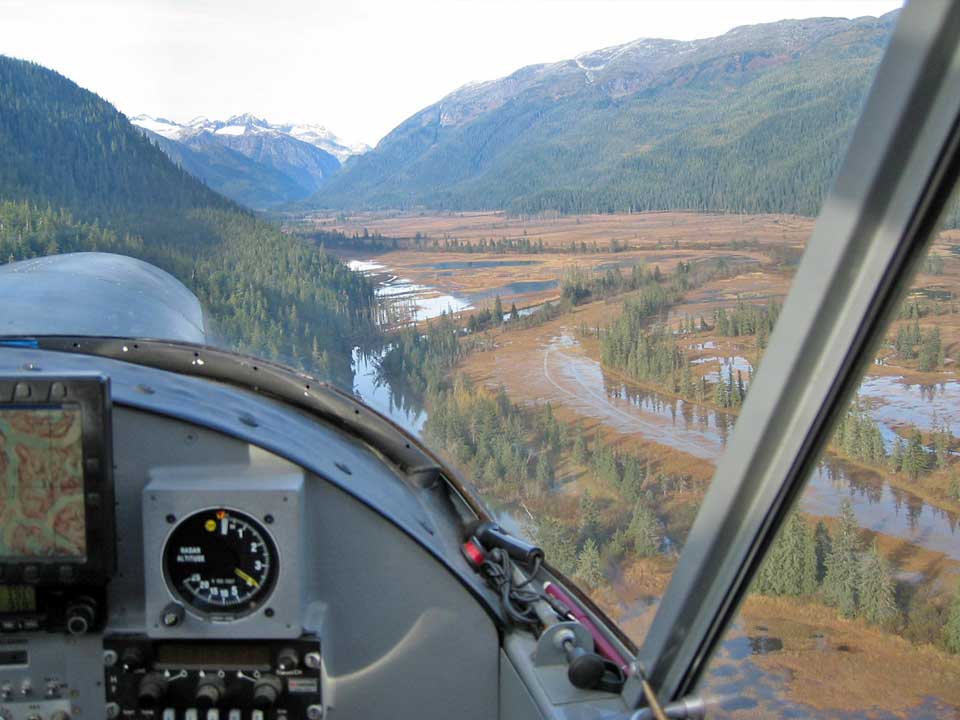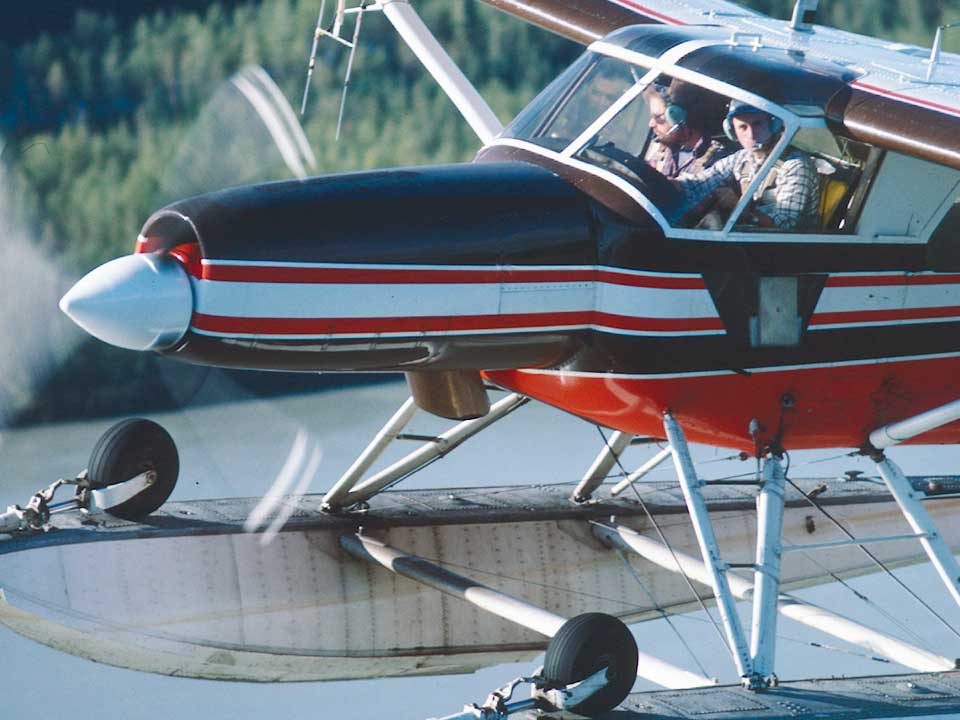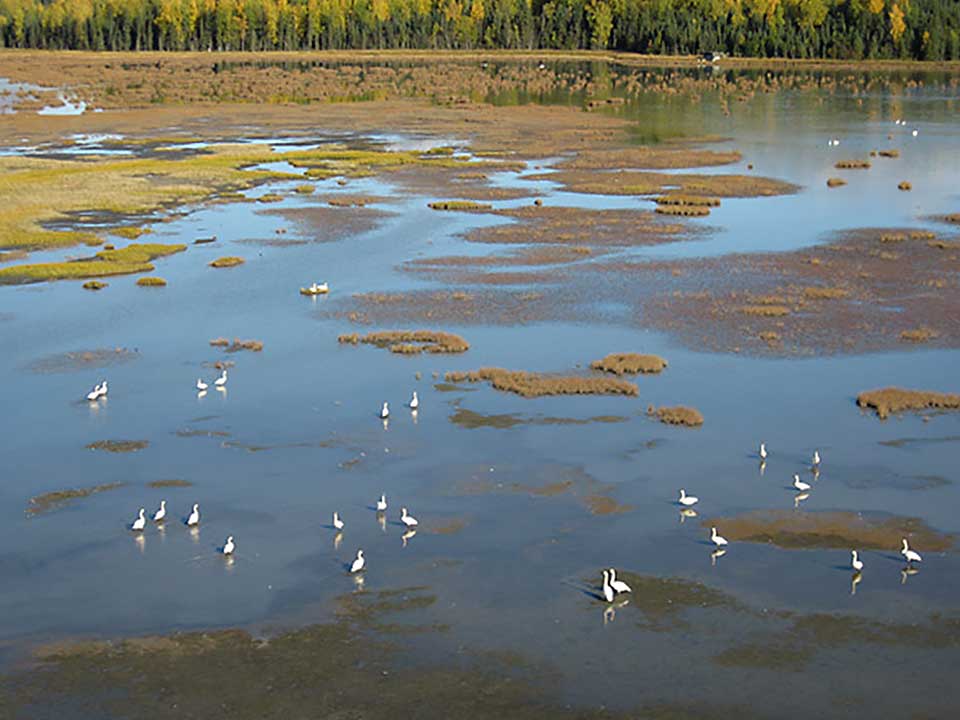
N754 – An Alaska Aviation Legend
Aircraft N754 was probably the most widely recognized plane in Alaska for 35 years, between 1977 and 2011. It always drew second and third glances because it was a very strange looking bush plane with a protruding nose and screaming engine. Every year it showed up at small towns and villages throughout Alaska, from Ketchikan to Nome. The U.S. Fish and Wildlife Service modified this deHavilland Beaver specifically for the purpose of low-level wildlife surveys, mostly waterfowl and eagles.
N754 has an enviable safety record of 15,000 flight hours, over almost 40 years, while being flown by U.S. Fish and Wildlife Service pilots conducting migratory bird surveys, mostly at an altitude of less than 500 feet above the surface of wetlands.
The aircraft has a fascinating 40-year history for anyone interested in aviation and aerial wildlife surveys. Initially part of the Cuban Air Force, then the U.S. Air Force fleet, N754 was transferred to the Department of Interior in 1964 and operated throughout Alaska. N754 also ranged far beyond Alaska, from eastern Siberia to western Mexico, including coastal and arctic Canada. It most recently belonged to the U.S. Department of the Interior, was donated to the Alaska Aviation Museum at Lake Hood Seaplane Base in 2011, and is currently on display at the Ted Stevens International Airport terminal in Anchorage, Alaska hanging above the Norton Sound Seafood restaurant.
This website is dedicated to preserving and presenting the history of this unique aircraft and to educating readers about the role of aviation in the co-management of our shared international migratory bird resources.
What’s on this website? The History and Modifications page describes N754’s history and the special modifications that made N754 such an awesome survey plane. It should be of great interest to aviation enthusiasts. The Wildlife Conservation page describes N754’s important contributions to wildlife conservation including the numerous bird surveys in which N754 was the primary aircraft. Aerial Wildlife Surveys chronicles the history of aerial wildlife surveys, why they are important, how they are conducted, and how you could become part of the aviation program in Alaska. See the Photo Gallery page for more photos and videos of N754. Learn more about the Alaska Aviation Museum, the nonprofit organization that now owns N754 and helped with getting it displayed in the Ted Stevens International Airport.



